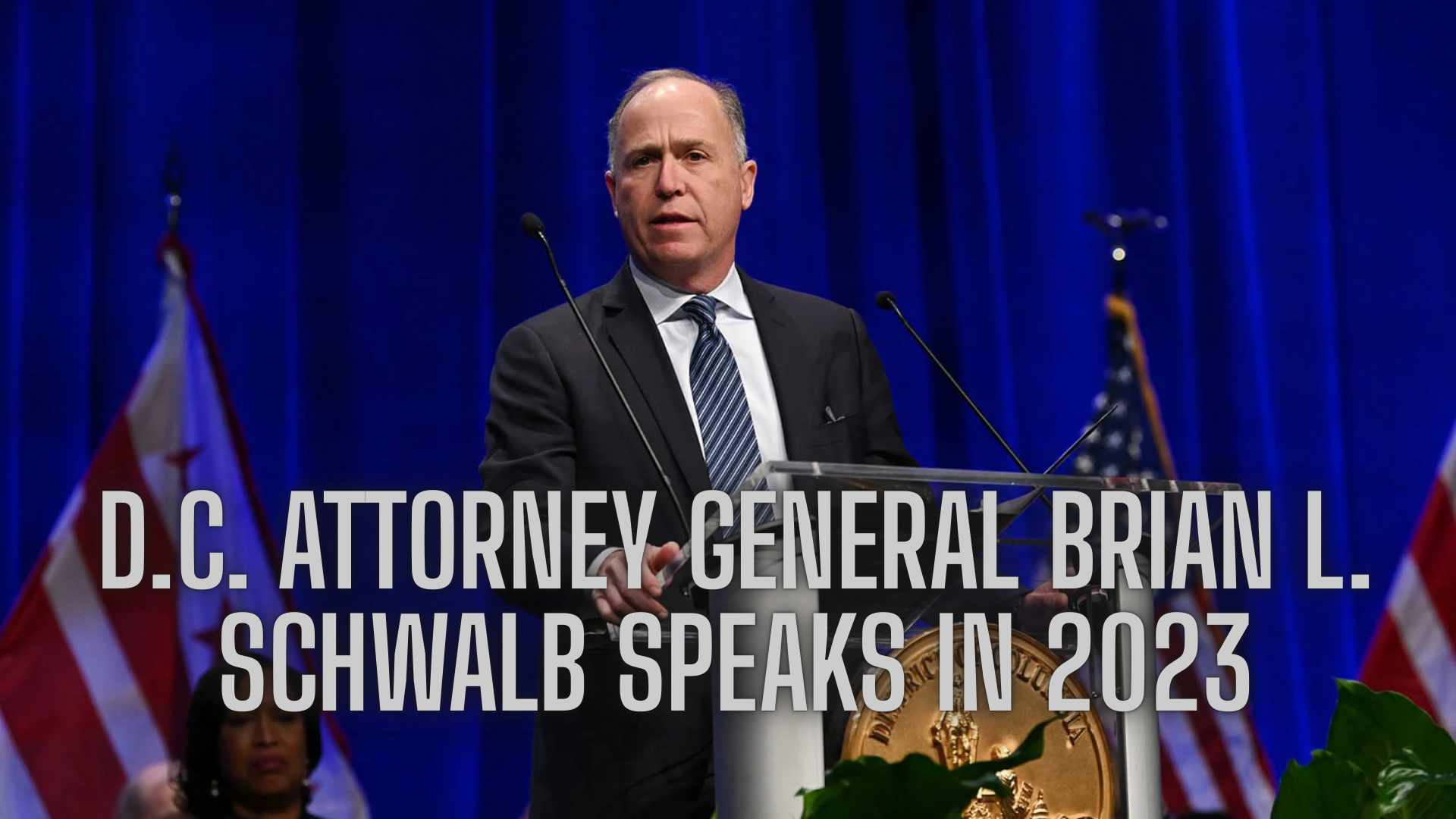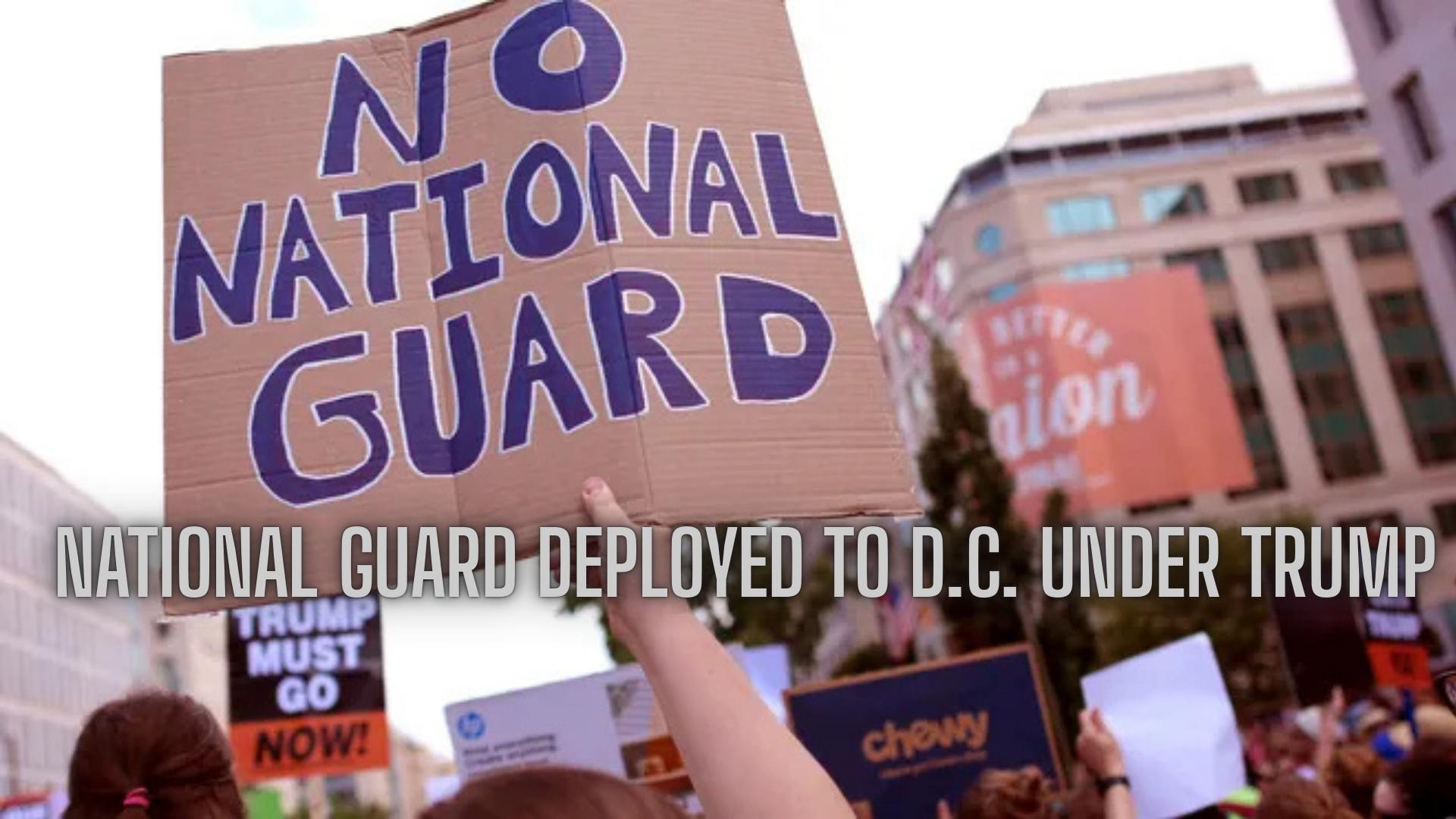As Russia’s war in Ukraine drags past its third year, President Vladimir Putin is doubling down on unmanned military technology. Speaking at a high-level meeting on arms development on Thursday, Putin announced that Russia is forming a new branch of the armed forces dedicated entirely to drone warfare. The move reflects not just strategic adaptation but also a broader shift in how modern wars are being fought — one where drones are no longer just surveillance tools but central players on the battlefield.
“In today’s conflict, drones have proven to be not only effective but essential,” Putin told defense officials and military commanders. “We are currently creating unmanned systems troops as a separate branch of the military, and we need to ensure their rapid and high-quality deployment and development.”

Putin’s comments were carried by Russian state news agencies and mark a significant step in Russia’s military restructuring. The announcement underscores Moscow’s intent to prioritize technological advancement, particularly in the unmanned systems domain, in the face of a prolonged and attritional war with Ukraine.
Drones at the Heart of a New Warfare Era
Since the outbreak of the war in February 2022, drones have played a critical role on both sides of the conflict. From reconnaissance missions to kamikaze-style strikes, unmanned aerial vehicles (UAVs) have changed the dynamics of ground operations, reducing human risk while inflicting significant damage.
Ukraine, in particular, has become known for its creative use of drones — including modifying commercially available quadcopters to drop grenades on Russian positions. President Volodymyr Zelenskiy has repeatedly emphasized the importance of building a robust domestic drone industry, and Kyiv has received international support in achieving this goal.
Russia, too, has leaned heavily into drone warfare, often relying on imported or repurposed technology — including drones from Iran — to supplement its capabilities. However, the Kremlin now appears determined to formalize and centralize its drone efforts within the military establishment.
A Dedicated Drone Force by 2025
The proposal to establish a separate drone force isn’t entirely new. Russian Defence Minister Andrei Belousov first floated the idea in late 2024, suggesting the formation of an autonomous UAV branch by the third quarter of 2025. Thursday’s comments by Putin offer the clearest sign yet that this vision is becoming a reality.

Putin expressed confidence in Russia’s progress, stating that the country was drawing from a wide range of battlefield experience to shape its new drone forces. “On the whole, I do not believe we are lagging behind on anything,” he said. “More to the point, it seems to me we are bringing together good experience with a view to creating just such forces.”
The statement suggests that Russia views itself as competitive, if not ahead, in the drone arms race, even as Ukraine continues to push boundaries with Western-backed innovation and domestic ingenuity.
Air Defense and Strategic Deterrence
Putin didn’t stop at drones. The Russian president also highlighted the need to develop and modernize air defense systems. According to him, Russian air defenses have intercepted and destroyed more than 80,000 aerial targets during the course of the war — a figure meant to demonstrate both the intensity of the conflict and Russia’s technological resilience.
“In this respect, a new state armaments programme must ensure the construction of a versatile air defence system capable of operating in any circumstances and efficiently striking air attack weapons, regardless of their type,” Putin declared.
His words hint at a future in which drones, missiles, hypersonic weapons, and other aerial threats are tackled by a unified, multi-layered air defense network. The focus is not just reactive but strategic: ensuring Russia’s skies remain secure while developing offensive capabilities that can neutralize enemy assets swiftly and decisively.
Putin also used the forum to reiterate the importance of Russia’s nuclear triad — the combination of land-based missiles, submarine-launched weapons, and aircraft-delivered nuclear arms. “This area must continue to receive due attention,” he emphasized, reinforcing a message that nuclear deterrence remains central to Russia’s military doctrine, even as new technologies like drones redefine battlefield engagement.
Symbolism and Strategy
The timing and tone of Putin’s remarks suggest a multi-pronged objective. Domestically, it’s a signal to the Russian public and military that the government is investing in future-proofing its armed forces. Internationally, it serves as a warning — and perhaps a deterrent — to adversaries and NATO members closely watching Russia’s military evolution.
Creating a dedicated drone force is not just a structural change; it’s a strategic one. It implies dedicated budgets, training academies, command hierarchies, and procurement pipelines that are independent from traditional ground or air forces. In short, it institutionalizes drone warfare as a long-term pillar of Russia’s military strategy, not just a stopgap measure for the Ukraine conflict.

A Response to Ukrainian Innovation?
While Putin projects confidence in Russia’s capabilities, his remarks also indirectly acknowledge Ukraine’s innovation on the battlefield. Ukraine has rapidly developed and deployed drones in highly effective ways — from naval drones used in the Black Sea to swarm-style attacks on critical infrastructure in occupied territories and even within Russian borders.
Ukrainian forces have used long-range drones to target oil refineries and airfields deep inside Russia. This has forced Moscow to shift resources toward air defense and drone interception — which in turn, may have inspired the urgency behind Thursday’s announcement.
Even with Russia’s vast defense budget and technological infrastructure, maintaining parity with Ukraine’s agile and often decentralized drone innovation has been a challenge. By formally establishing drone troops, Russia may be attempting to consolidate and streamline its efforts to gain a decisive edge in this domain.
Drones and the Future of War
Putin’s comments this week reflect a broader military trend that is global in scope. From the U.S. and China to Iran and Turkey, nations are racing to master drone technology, recognizing that future conflicts will likely be defined by unmanned systems, artificial intelligence, and precision-guided munitions.
Russia’s pivot toward drone warfare, now formalized with the creation of dedicated forces, indicates that Moscow sees this as more than a tactical shift — it’s a long-term transformation. And with war still raging in Ukraine, the urgency to implement these changes is as much about survival as it is about dominance.
The months ahead will likely see Russia pouring resources into drone production, AI integration, and advanced surveillance capabilities. The question remains whether these changes can be implemented fast enough — and whether they will significantly alter the course of the conflict.
Conclusion
President Putin’s push for the rapid development of drone forces marks a decisive moment in Russia’s military strategy. In recognizing drones as central to the modern battlefield, Moscow is institutionalizing what the war in Ukraine has already made clear: unmanned systems are no longer the future of warfare — they are the present.
As both Russia and Ukraine race to out-innovate each other in the skies, the impact of drone warfare will continue to reshape not only this conflict but the way wars are fought globally. Whether this new military branch becomes a game-changer or another layer in an already complex war remains to be seen. But one thing is certain: the drone era has fully arrived.



